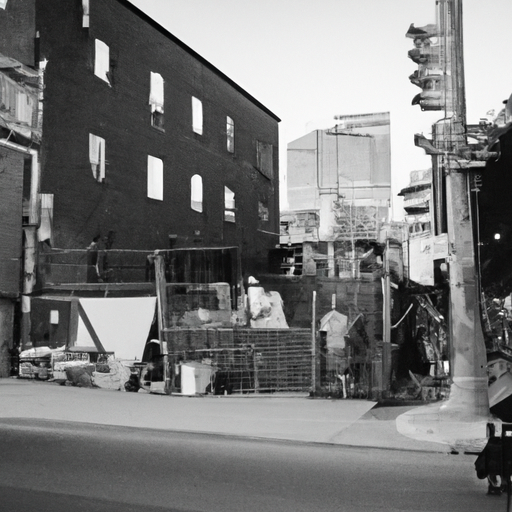The Overlooked Side-Effects of The Opioid Crisis in Canada
The impact of the opioid crisis in Canada continues to reverberate throughout all corners of society. Our nation is not only dealing with the clear and immediate health implications, but also the collateral consequences that often go unseen by the general public. One such area is the deteriorating state of Toronto’s urban environment, particularly in the downtown areas. A recent Yahoo News article highlights a concerning increase in complaints regarding public nuisance and cleanliness issues directly connected to opioid use.
Implications of the Opioid Crisis in Downtown Toronto
The cited article reports a significant rise in littering, public injections and discarded needles, all related to the opioid crisis. It is clear that downtown Toronto is witnessing a destructive socio-environmental impact exacerbated by the opioid crisis. The rise in public nuisance, crime and health risks associated with discarded needles reflect tragic underlying issues: homelessness and the unrelenting opioid misuse.
Despite various measures to manage the crisis, including the increasing availability of naloxone kits to reverse drug overdoses, the opioid problem continues to escalate. The city’s struggle is palpable as it tries to balance immediate public health safety, societal stigma, and the economic implications.
Efforts to Combat The Crisis
Toronto 311, the city’s non-emergency hotline, has stepped up to handle complaints regarding cleanliness. However, its scope remains limited as it does not address the root causes of the crisis. The opioid class action lawsuit recently launched against large-scale pharmaceutical companies could potentially help by shedding light on the epidemic and holding those at fault accountable.
More systemic and holistic efforts are needed to tackle the opioid crisis. Providing comprehensive resources for addicts, implementing harm reduction strategies, and addressing homelessness and socio-economic disparities are crucial steps towards combating this crisis.
Key Points Noted in the Article:
- The opioid crisis has led to a significant rise in littering, public injections, and discarded needles in downtown Toronto.
- There is an urgent need to address the socio-environmental impact of the crisis.
- The increasing availability of naloxone kits has not sufficed to curb the problem.
- Larger systemic measures addressing homelessness and socio-economic disparities alongside the opioid misuse are crucial to combatting the crisis.
- The opioid class action lawsuit serves as a beacon of accountability in this crisis.
In Conclusion: Opioids, Community, and the Path Forward
While the opioid crisis prompts immediate health concerns, it is the societal impacts that have potentially longer-lasting and more destructive effects. Whether it is the distressed environments of our cityscapes, the strain on community resources or the escalation in crime and public nuisance – the echoes of this crisis are widespread yet overlooked. Broad, systemic measures inclusive of appropriate care for addicts, more accessible harm reduction strategies, and addressing homelessness and socio-economic disparities are instrumental in addressing the crisis. As we move forward, the opioid class action suit signals a shift in dialogue and action against those responsible. In the end, community resilience and commitment to addressing this crisis will be important in healing and rebuilding our cities.
